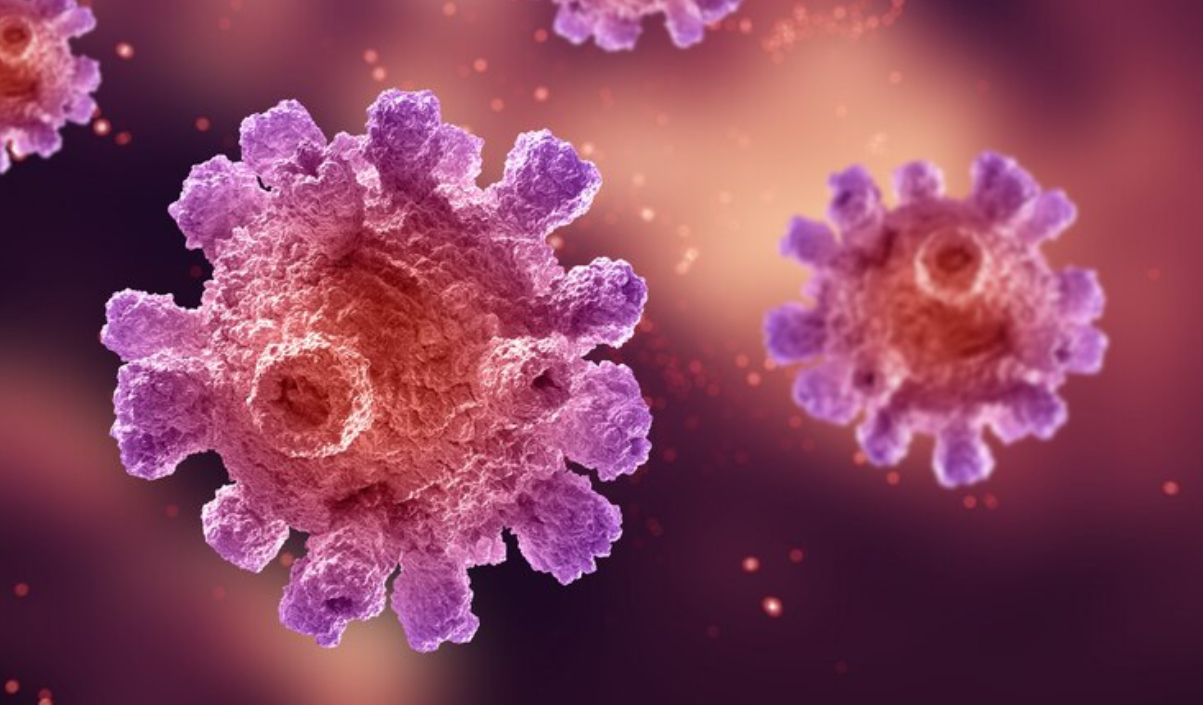Sleeve Gastrectomy: A Comprehensive Guide to Weight Loss Surgery
February 14, 2024, admin
Introduction:
Explore the world of Sleeve Gastrectomy, an irreversible and laparoscopic weight loss surgery, also known as Laparoscopic Sleeve Gastrectomy (LSG). Verified by Apollo Doctors, this guide provides insights into the procedure, its benefits, and what to expect during and after surgery. Understanding Sleeve Gastrectomy:
Overview:
Sleeve Gastrectomy involves a laparoscopic procedure that reduces the stomach’s size to approximately one-third of its original capacity. The reshaped stomach, resembling a banana, leads to early feelings of fullness. This surgery is often recommended for high-risk patients as a staging procedure before more extensive bariatric surgeries like gastric bypass or duodenal switch.
Why Is Sleeve Gastrectomy Done?
BMI Over 60: If the Body Mass Index (BMI) exceeds 60, Sleeve Gastrectomy is performed as an initial step to facilitate significant weight loss before undergoing more complex bariatric surgeries. BMI 40 to 50: For individuals with a BMI ranging from 40 to 50, Sleeve Gastrectomy is recommended as the primary weight-loss surgery.
Older or High-Risk Patients: For older individuals or those with cardiac, lung, or liver concerns, Sleeve Gastrectomy becomes a preferred choice due to its safety profile.
Procedure Details:
Laparoscopic Approach: Most Sleeve Gastrectomies are performed laparoscopically under general anesthesia, involving small incisions in the abdomen for video cameras and instruments. Removal of Stomach Portion: Using endoscopic staplers, approximately two-thirds of the left side of the stomach is laparoscopically removed, giving the stomach a sleeve or hockey stick shape.
Preservation of Anatomy: Unlike other bariatric surgeries, Sleeve Gastrectomy retains the outlet valve and stomach nerves while drastically reducing stomach size.
Duration and Aftercare:
Duration: The surgery typically takes 1 – 2 hours, depending on the patient’s condition.
Post-Surgery Changes: With the reduced stomach size, patients feel full quickly, eat less, and experience reduced hunger due to the removal of the appetite-stimulating hormone, Ghrelin.
Special Diet and Follow-Up: Post-surgery, a special diet is prescribed, and patients may stay in the hospital for 2 days. Follow-up visits are scheduled for health monitoring.
FAQs:
Advantages of Sleeve Gastrectomy:
Preservation of stomach function No disconnection of normal anatomy Shorter hospital stay Most foods can be consumed in small amounts No dumping syndrome or nutritional deficiency Around 60 – 70% excess weight loss Suitable for the reproductive age group Improvement in associated co-morbidities Ideal for patients unfit for malabsorptive or combined procedures.
Weight-Loss Mechanism:
Restriction of food intake due to a smaller stomach Reduced hunger hormone production, lowering appetite No interference with nutrient absorption.
Life After Sleeve Gastrectomy:
Long-term weight loss with lifestyle and dietary changes Resumption of routine activities shortly after surgery Decreased appetite while still enjoying food and social activities.














Comments
roshan
Reply
test
February 19, 2024 at 9:23 am
Leave a Reply
Your email address will not be published. Required fields are marked *